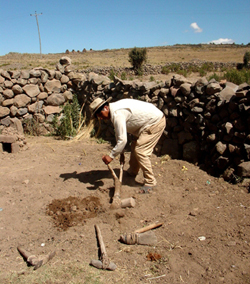Culture
Culture relates to the ideas and activities of groups of people and civilisations. It is about the way that people behave and relate to one another. It is about the way that people live, work and spend their leisure time. It is about people’s beliefs and aspirations.
Cultural Evidence
Throughout the ages, people have left evidence of their culture in their writing, their artwork, in their technological achievements and in the way that they shaped their environments. This evidence can be seen in museums such as the Museum of Mankind in London and at historic sites around the world such as The Pyramids in Egypt, Machu Picchu in Peru, Chichin Itza in Mexico, Stonehenge in England and the rock art and giant stone figures of Easter Island.
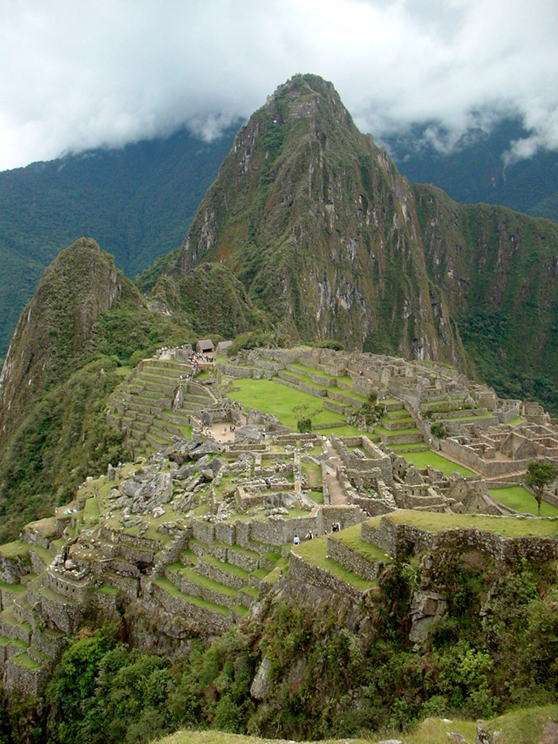 |
Machu Picchu in Peru. Photograph courtesy of Marie Fuggle View another photograph |
Cultural Diversity
It is clear that even in small geographical areas, people lived in different ways and had different beliefs at various times in history. Taken on a global scale, there have been thousands of communities, each with their own distinct cultures.
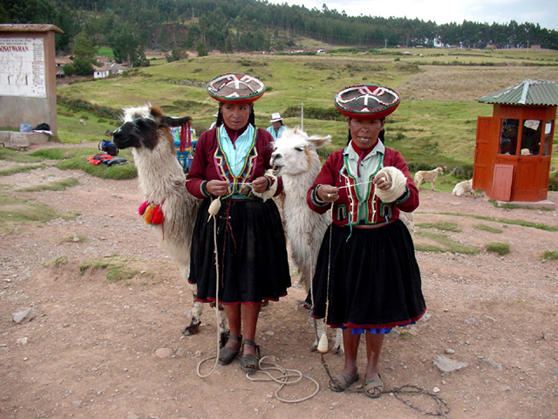 |
Peruvian women with their llamas. Photograph courtesy of Marie Fuggle |
Cultural diversity is the difference in the cultures of groups of people. Cultural diversity can relate to the differences in peoples’ language, to their music, to their artwork, to their attitudes, to the way they do things and to the way that people treat each other. When cultures have a shared attitude towards human rights, animal rights and to the use of our environment, cultural diversity enriches our world and should be celebrated. However, cultural differences can also breed conflict. Conflicts can arise out of a belief that a group or race of people are superior to others, that they have more rights than others, that one sex is superior to another, that one religion is more important than others, etc. Some of these conflicts can be witnessed on the television news channels every day. From a design and technological point of view, conflicts have left us a heritage of castles, fortresses and weapons of every kind. Conflicts have created the conditions for innovation in armaments, communication, defence, land transport, flight, shipping, submarines etc. Through innovation comes change, and through change comes changes in culture.
Cultural ChangeCultures may change with time, particularly with the influences of new ideas, new technologies and the availability, or scarcity of resources. In a rapidly changing world, cultures can change to the point of being lost altogether. Traditional skills and trades are lost because technology changes and old technologies are no longer needed. Traditional forms of dress change with the influence of new materials, fashion, mass production techniques and the globalisation of manufacturing industries. Traditional housing has changed due to the use of new building materials and our demand for convenient forms of heating, lighting, water and waste disposal systems etc. Further changes in building design are currently taking place because of our need to conserve energy. |
Photograph courtesy of Marie Fuggle |
The international nature of designers’ work makes it possible to see similar products and building designs all over the world. Marketing strategies by companies such as Coca Cola has ensured that there are outlets for their products all over the world and satellite television has given people access to television programmes from all over the world. The big brand names in fashion, fast foods, drinks, supermarkets, DIY stores, cars and motorbikes can be seen in many parts of the world and with their desire to tap into new markets, their influence is likely to create cultural change in even more parts of the world.
Cultural Identity
With this convergence of designs has also developed a desire to preserve cultural identity, traditions and language. This has manifested itself in the re-emergence of traditional forms of dress, e.g. Tyrolean, where once they might have been abandoned, traditional looking buildings using modern materials and build techniques and activities that are considered (at least by some) to be part of a group’s or nation’s identity.
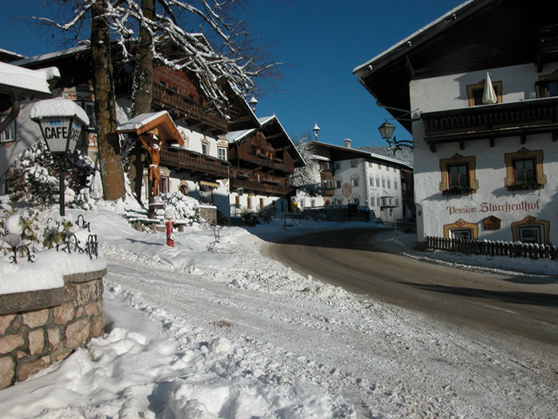 |
Oberau, a Tirolean village, © Laszlo Lipot |
Cultural Tourism
The advent of cheaper air travel has brought far away holiday destinations within reach of the masses. Ordinary people can travel to every corner of the Earth to witness the sights, sounds and cultures of the area. Cultural tourism has brought people from differing cultures together. This can have negative effects by instigating cultural change that dilutes the richness of a community’s culture but can also have positive effects by bringing in tourism related work and revenue to the area. This revenue increases the wealth of the community (or at least individuals in the community) and can be used to maintain and preserve historic sites and to protect endangered species.
Souvenirs
Early travellers often took original historic artifacts from the places that they visited but most of today’s tourists are more enlightened and buy replicas and other reminders of their visit. Interest in people and their cultures has brought about an industry dedicated to producing replicas of ancient artifacts and original pieces by village craftsmen. Their products are not only sold locally but are also exported, thus bringing ethnic craft work to people in other parts of the world.
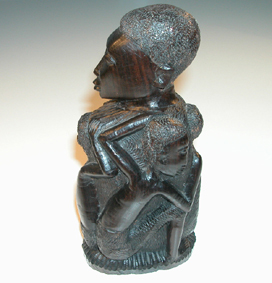 |
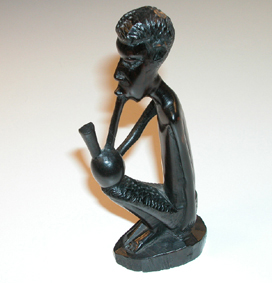 |
|
Kenyan wood carvings |
||
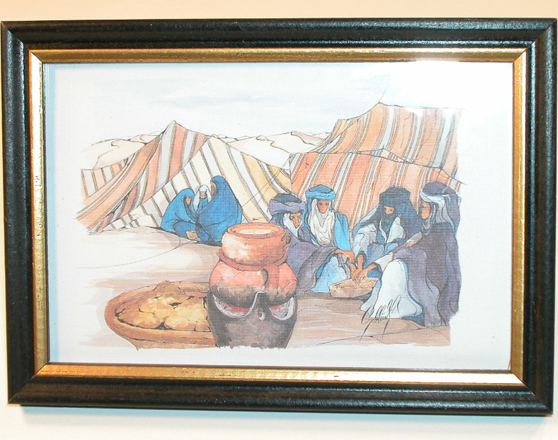 |
||
Painting from Tunisia |
||
